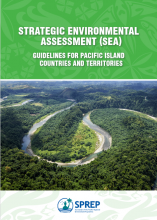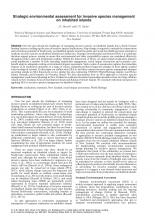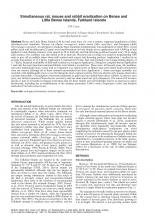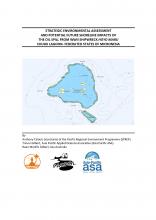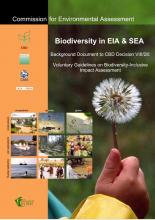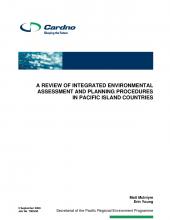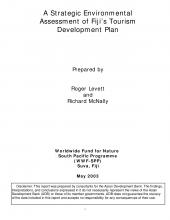Simultaneous rat, mouse and rabbit eradication on Bense and Little Bense Islands, Falkland Islands


Island and Ocean Ecosystems, BRB
Available Online
Bense and Little Bense Islands (144 ha total area) have, for over a century, supported populations of three introduced pest mammals: Norway rat (Rattus norvegicus), house mouse (Mus musculus), and European rabbit (Oryctolagus cuniculus). An operation to eradicate these mammals simultaneously was undertaken in winter 2016. Cereal pellets laced with brodifacoum (25 ppm) were hand-broadcast on both islands in two applications with 3,900 kg of bait applied in total. Baiting transects were spaced at 20 m intervals and bait-throwing positions located every 20 m along each transect. The coastline was also baited at 20 m intervals. Precision bait coverage was aided by programming GPS units to give off an audible alarm when staff reached each correct bait-throwing position. Application 1 resulted in an average bait density of 15.3 kg/ha. Application 2 commenced 10 days later and resulted in an average baiting density of 11.7 kg/ha. Reduced availability of fi eld staff resulted in coverage in Application 2 being less complete than in Application 1 and only the most important mammal habitats were baited a second time. These were: all tussock areas, all coastlines, and some inland heath areas. Areas with no vegetation (e.g. burned zone on Bense) and some inland heath communities were not treated, although all of these retained unconsumed bait from Application 1. Some non-target mortality was recorded, with dolphin gulls (Larus scoresbii) being the most common victims. This was also the only species observed to consume bait pellets. Consumption of poisoned mammals or gulls may have killed three turkey vultures (Cathartes aura jota), one striated caracara (Phalcoboenus australis), and one short-eared owl (Asio flammeus). The removal of invasive species is part of a broader ecological restoration plan for these islands and will hopefully lead to an increase in native biodiversity, including the re-establishment of the endemic passerines Cobbs wren (Troglodytes cobbi) and blackish cinclodes (Cinclodes antarcticus).

